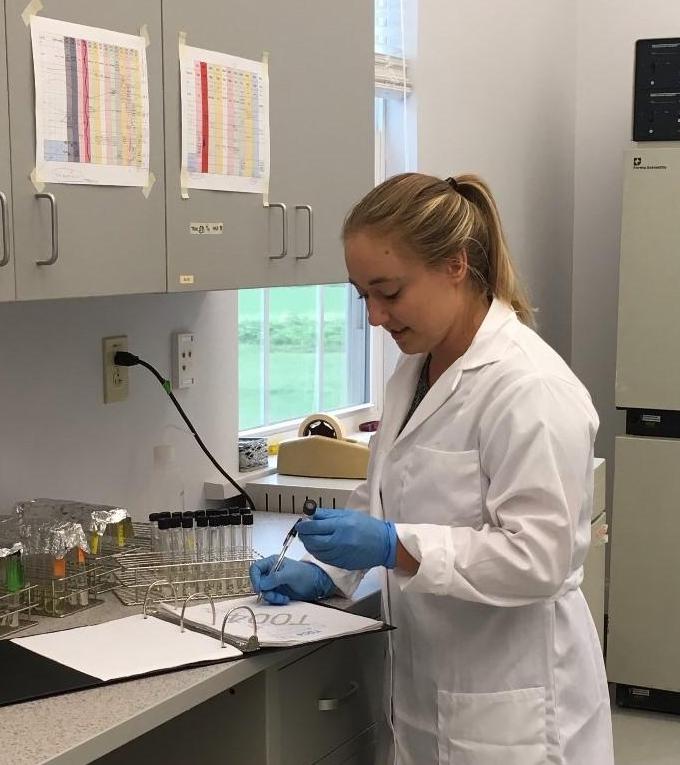Science Sleuths: the Science that Shapes Diagnostic Tests: Getting the Target Right – Germ Theory

In the March edition of ESR, we discussed vaccines and where our world would be without them. Identifying vaccine targets relies upon the ability to find the causative agent of the disease against which protection is being sought. This may seem pretty straightforward, but let us think for a moment about how disease-causing agents are actually identified.
In the mid-1800s, diseases such as cholera and bubonic plague were thought to be caused by ‘miasma,’ literally meaning ‘bad air.’ The miasma theory of disease holding sway at the time suggested that exposure to ‘bad air’ led to the development of disease. At that time, these deadly diseases, just two among many, were not attributed to a specific agent. We now know these diseases to be caused by bacteria, Vibrio cholerae and Yersinia pestis, respectively. Yet, how do scientists figure this out and demonstrate causative infectious agents definitively?
The period from the mid-1800s to the start of World War I in 1914 may be described as the ‘Golden Age of Microbiology.’ It was an eminent British scientist, John Snow, a skeptic of the miasma theory who, between 1849 and 1855, presented information describing cholera to be associated with a fecal-oral route of transmission. He suggested that disease was associated with ingesting ‘dirty’ water, that the water became contaminated with feces, and he identified the structure of cholera as being a ‘cell.’ These descriptions were among the first published during a time when modern science was still struggling with myth.
The seeds of Germ Theory had been around for a long time with ancient Islamic scholars such as Ibn Sina (c. 1025), Ibn Khatima and Ibn al-Khatib (c. 1340) hypothesizing that ‘minute bodies’ were able to cause disease and that they could be transmitted by clothing and objects. Over the next few centuries, Germ Theory struggled against notions from religious doctrine, ‘spontaneous generation’ and the miasma theory.
Modern Germ Theory is attributed to the great French scientist Louis Pasteur. His many contributions to our knowledge of disease and hygiene go beyond science and can really be considered as quantum leaps for human and animal welfare. His initial foray with Germ Theory was through his investigations of ‘childbed or puerperal fever’ – an often-fatal infection in women shortly after they give birth. Childbirth throughout the ages has always represented grave risks to mothers. From the 17th to the 19th centuries, women gave birth in rudimentary hospitals rather than their own homes. Death rates were consistently reported as 20% - 25%, with occasional spikes of episodes with 100% fatality rates in childbirth wards. Shocking as that is, in those days, sanitation, antisepsis, hand washing and the concept of taking disease from one patient to another on dirty hands, clothing or bedding was not recognized.
The Hungarian physician Semmelweis, known as the ‘savior of mothers,’ published a major breakthrough in 1847 where he demonstrated a 90% reduction in childbed fever deaths simply by having doctors wash their hands in a very dilute bleach solution between patients. Soon after this, Pasteur described seeing what we now know to be bacteria in the blood and discharge of such cases. However, it was not until Pasteur’s experiments with fermentation and spoilage that Germ Theory was thoroughly validated and ‘spontaneous generation’ finally quashed.
In the mid-1860s, Pasteur demonstrated that freshly boiled broth did not spoil if exposure to the atmosphere was by a long, finely filtered opening. He theorized that dust or particles carried the ‘germs’ of spoilage with them and refuted that the appearance of spoilage particles in fetid broth was a ‘spontaneous generation’ event. This led to incredible advances in human health through hygiene, sanitation and techniques we now take for granted, such as the pasteurization of liquids like milk and fruit juice to reduce spoilage.
The Golden Age of Microbiology was also dominated by the great Robert Koch. Koch, who developed the first Anthrax vaccine, developed and tested fundamental criteria by which a microorganism can be established as the causative agent of disease. Koch’s postulates, as they continue to be known and described, are as follows:
- The microorganism must be found in diseased animals [or humans] but not in healthy animals [or humans].
- The microorganism can be isolated from a diseased animal [or human].
- The isolated microorganism will cause disease if introduced into a healthy animal [or human].
- The microorganism must be able to be reisolated from the inoculated, diseased animal [or human] and identical to the original specific causative microorganism.
The term microorganism is now more widely interpreted as bacteria, viruses, fungi, parasites, prions, etc. However, these guiding criteria enable scientists to be discerning and rigorous. With the burgeoning plethora of molecular biology technologies, from PCR to genomic sequencing, now available to us, it has never been more important to be discerning and rigorous.
While we can identify microorganisms in all manner of bodily sites and samples, it is even more critical to question what is normal and what is abnormal.
In the next part of the series (July 2021), we will further explore how Koch’s postulates remain guiding lights for scientific integrity. However, we will also consider how advancing research forces us to never blindly accept them – a notion we think the great scientific intellects of Snow, Semmelweis, Pasteur and Koch would appreciate.
Emma Adam DVM, PhD, DACVIM, DACVS, is based at the University of Kentucky Gluck Equine Research Center and Veterinary Diagnostic Lab and is responsible for research and veterinary industry liaison. Jackie Smith, MSc, PhD, MACE, Dipl AVES, is an epidemiologist based at the University of Kentucky Veterinary Diagnostic Lab.
